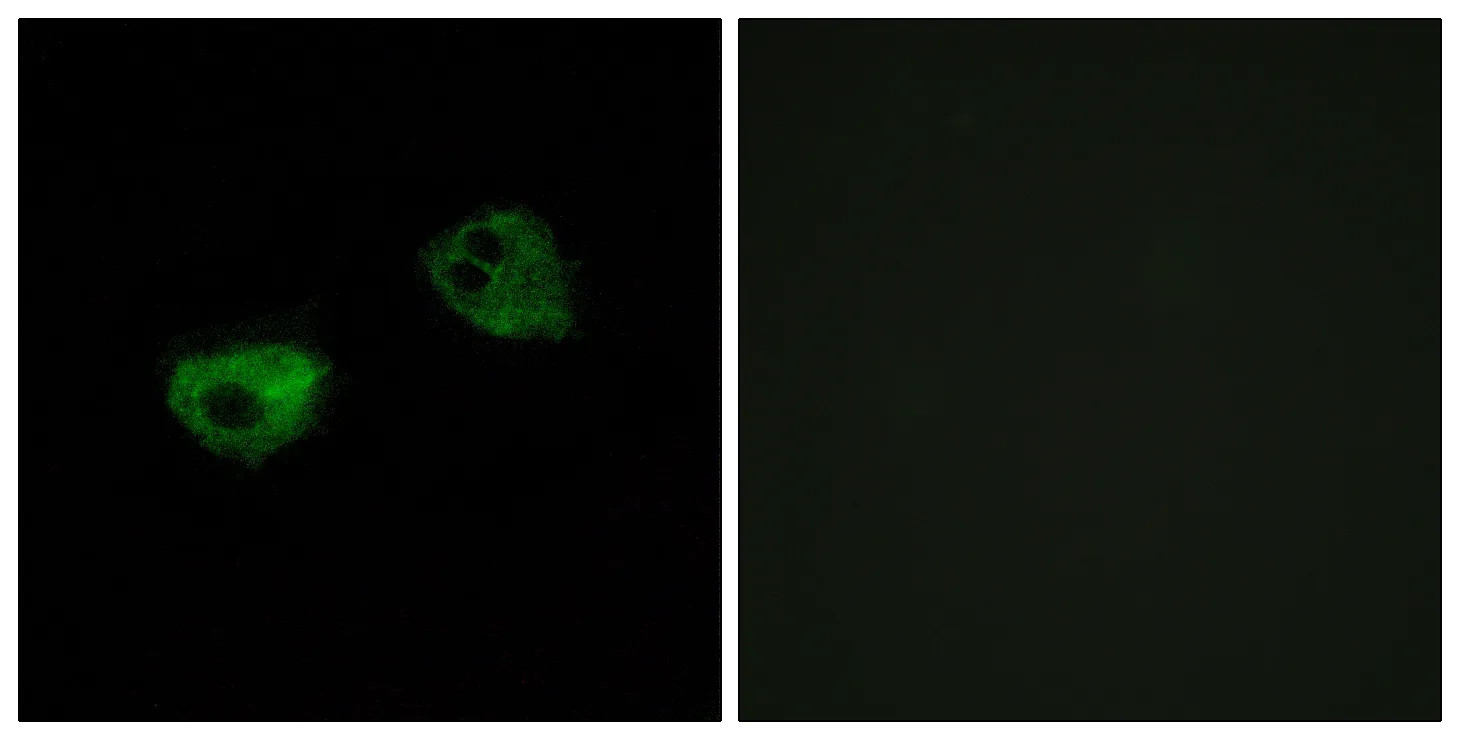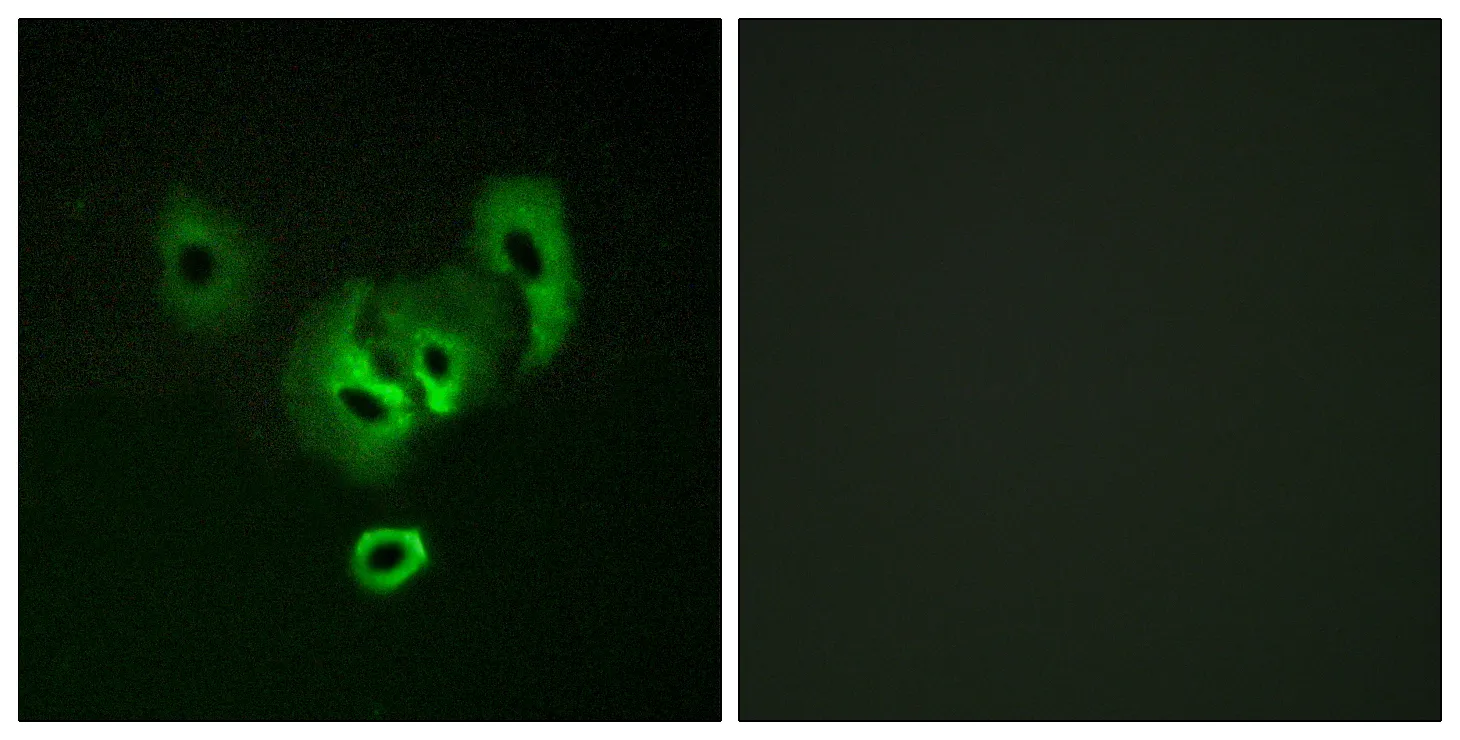Summary
Performance
Immunogen
Application
Background
This gene encodes a member of the peptidase M10 family of matrix metalloproteinases (MMPs). Proteins in this family are involved in the breakdown of extracellular matrix in normal physiological processes, such as embryonic development, reproduction, and tissue remodeling, as well as in disease processes, such as arthritis and metastasis. The encoded preproprotein is proteolytically processed to generate the mature protease. This protease cleaves type II collagen more efficiently than types I and III. It may be involved in articular cartilage turnover and cartilage pathophysiology associated with osteoarthritis. Mutations in this gene are associated with metaphyseal anadysplasia. This gene is part of a cluster of MMP genes on chromosome 11. [provided by RefSeq, Jan 2016],cofactor:Binds 2 zinc ions per subunit.,cofactor:Binds 4 calcium ions per subunit.,disease:Defects in MMP13 are the cause of spondyloepimetaphyseal dysplasia type 2 (SEMD2) [MIM:602111]; also known as spondyloepimetaphyseal dysplasia type Missouri. SEMDs are a heterogeneous group of skeletal disorders characterized by defective growth and modeling of the spine and long bones. The SEMDs are distinguished from the spondylometaphyseal dysplasias and the spondyloepiphyseal dysplasias by the combined involvement of the epiphyses and metaphyses. The 3 disorders have malformations of the vertebrae in common.,domain:The conserved cysteine present in the cysteine-switch motif binds the catalytic zinc ion, thus inhibiting the enzyme. The dissociation of the cysteine from the zinc ion upon the activation-peptide release activates the enzyme.,function:Degrades collagen type I. Does not act on gelatin or casein. Could have a role in tumoral process.,similarity:Belongs to the peptidase M10A family.,similarity:Contains 4 hemopexin-like domains.,tissue specificity:Seems to be specific to breast carcinomas.,






